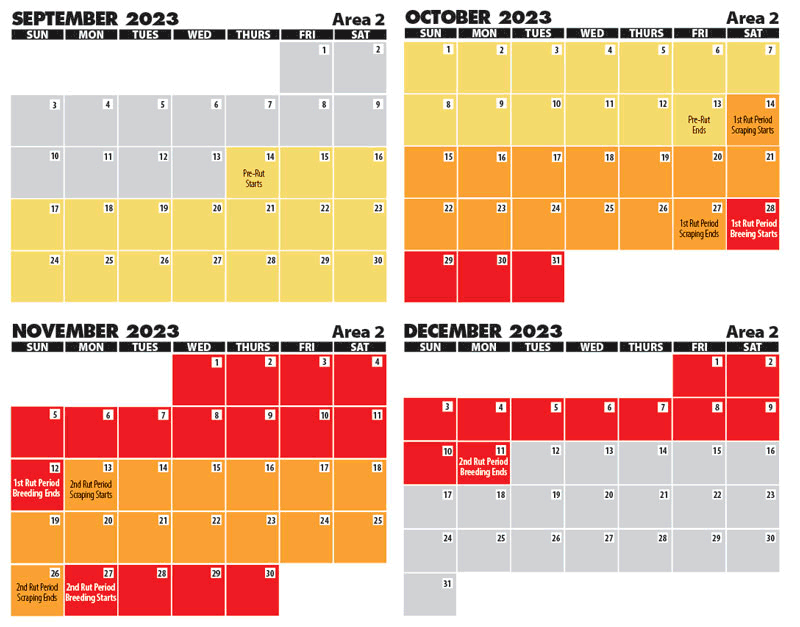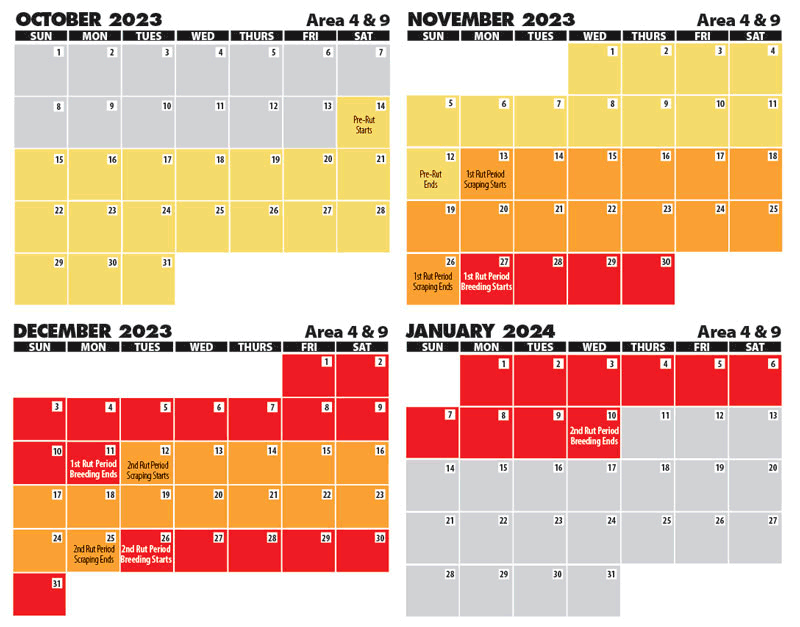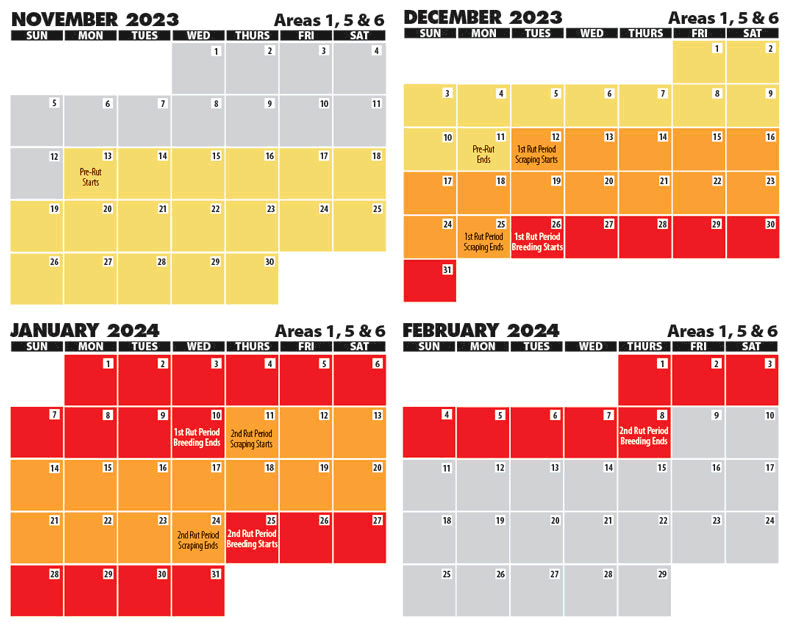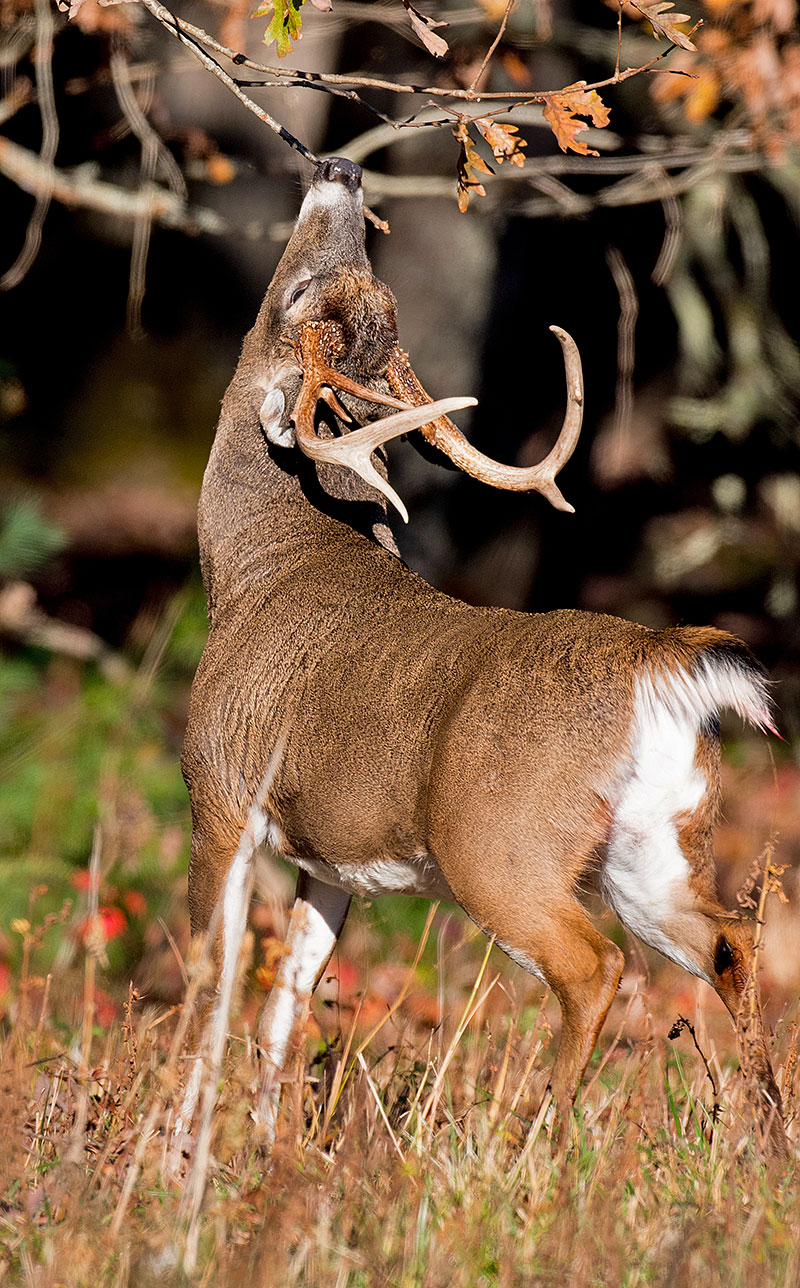 Severe drought may affect peak breeding periods this season
Severe drought may affect peak breeding periods this season
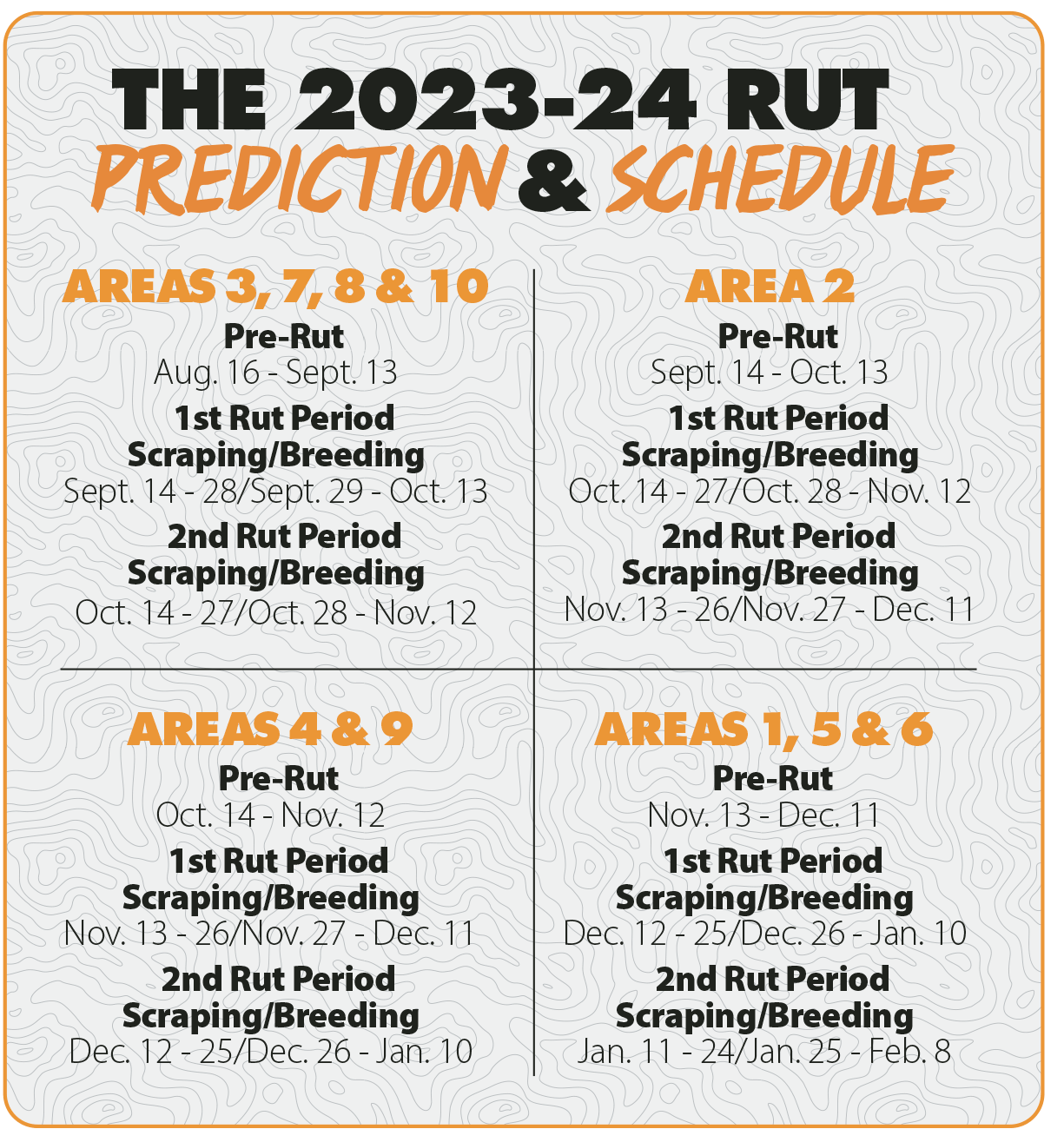 As I write this rut report I am looking out the window and seeing a landscape that is suffering from severe drought conditions. Rain has been very much absent in East Feliciana Parish and almost everywhere in Louisiana since May and the vegetation reflects this. The parish I hunt had a total of 6 inches in May and June, perhaps an inch in July and only a few sprinkles in August. Food plot preparation, other than some dusty bush hogging, was out of the question. There was no soil moisture. What appeared to be a fair crop of acorns for the fall, despite the late spring freeze, may not become a reality without water to help the acorns reach maturity.
As I write this rut report I am looking out the window and seeing a landscape that is suffering from severe drought conditions. Rain has been very much absent in East Feliciana Parish and almost everywhere in Louisiana since May and the vegetation reflects this. The parish I hunt had a total of 6 inches in May and June, perhaps an inch in July and only a few sprinkles in August. Food plot preparation, other than some dusty bush hogging, was out of the question. There was no soil moisture. What appeared to be a fair crop of acorns for the fall, despite the late spring freeze, may not become a reality without water to help the acorns reach maturity.
I’m not looking for any French Mulberry fruit in the piney woods due to drought conditions. My chestnut trees, which have produced nuts during the last three years, have only a handful on the trees, and these may not mature without moisture. The late spring freeze in March, which sent temperatures below 19 degrees, killed the first group of flowers on the trees. The freeze also hammered the Mayhaws, Black Cherry trees, Red Mulberry trees and so there was no spring fruit for deer and other critters.
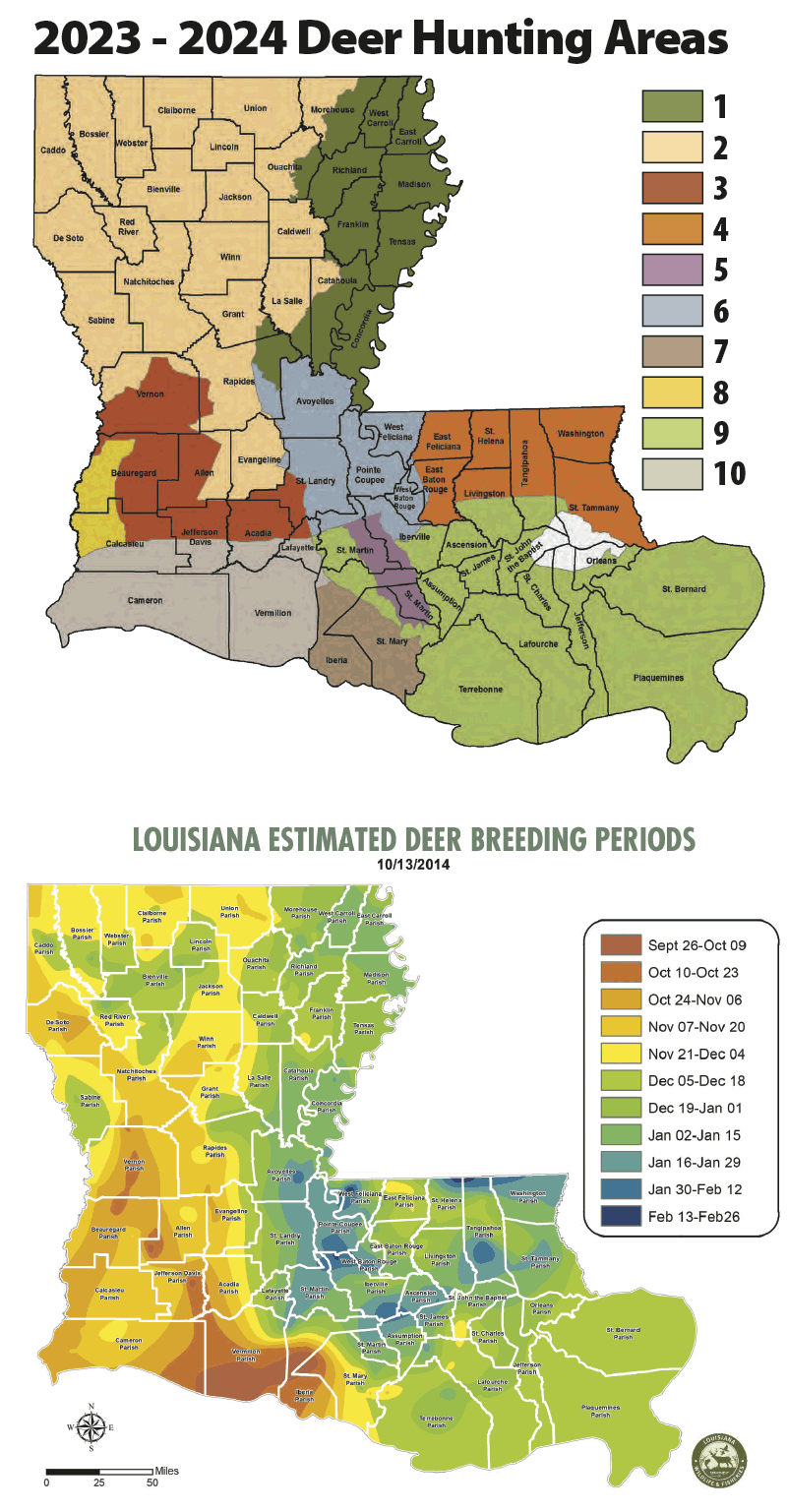 The native browse plant species are stressed and their nutritional value reduced. There is no doubt deer herds are stressed and does may be having a hard time rearing fawns.
The native browse plant species are stressed and their nutritional value reduced. There is no doubt deer herds are stressed and does may be having a hard time rearing fawns.
Cameras give hope
But despite these drought conditions, trail cameras reveal that antler growth of bucks has been decent. The good mast crop last year and an early spring provided good nutrition for the bucks during the winter and at the time antler growth was beginning. I had excellent clover stands in our plots and these provided quality nutrition until the July heat wave and drought took over.
This probably will be the year hunters who hunt primarily over feeders will have success if the mast crop winds up being poor. Of course, the rut is always the time to connect with a good buck and this rut prediction should help you determine when you need to be in the deer stand. Cool weather is a must for deer to be active during the rut and we do not have any control on that, other than presenting our petitions to the Lord to send some cold fronts our way!
The Pre-rut/rut
The 2023-24 rut should be a normal or average rut with respect to the two weeks of peak breeding activity. This predicted rut should track closely with the average peak breeding dates as shown on the LDWF website. Hunters should keep in mind that many parishes were stocked with deer from different herds. That means they have different breeding genetics, which has resulted in a unique situation with different breeding seasons within an individual parish.
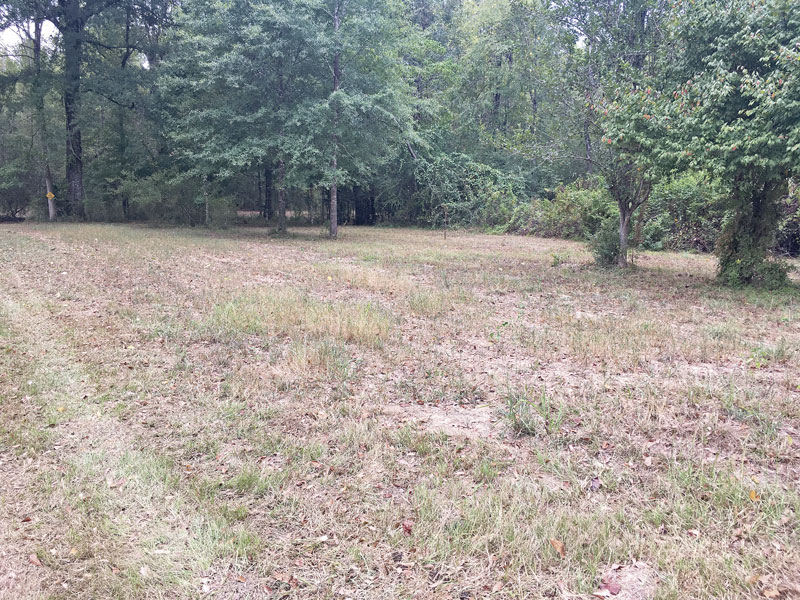
The pre-rut period is a time of heavy feeding for bucks as the rut approaches. The bucks are bulking up and gaining weight as they prepare for the breeding season. Bucks don’t do much feeding during the time when the does are cycling. They are preoccupied with the females and may begin to start following them several days before the estrus cycle of the doe. They are also keeping the other bucks away so this is a stressful time for the bucks. Most of the does will be bred during this first breeding period, perhaps 70-80 percent of them.
When the first peak period is over bucks may go back to feeding prior to the last breeding period. During this second rut or minor breeding period hunters may see some good chases if there is a good adult buck component on the property. It is not uncommon to see several adult bucks chasing after a single doe. It can be an excellent time for a hunter to fill the last buck tag. Some of the 6-month-old female fawns may be old enough to cycle and breed and it is also a time when nubby bucks will work scrapes.
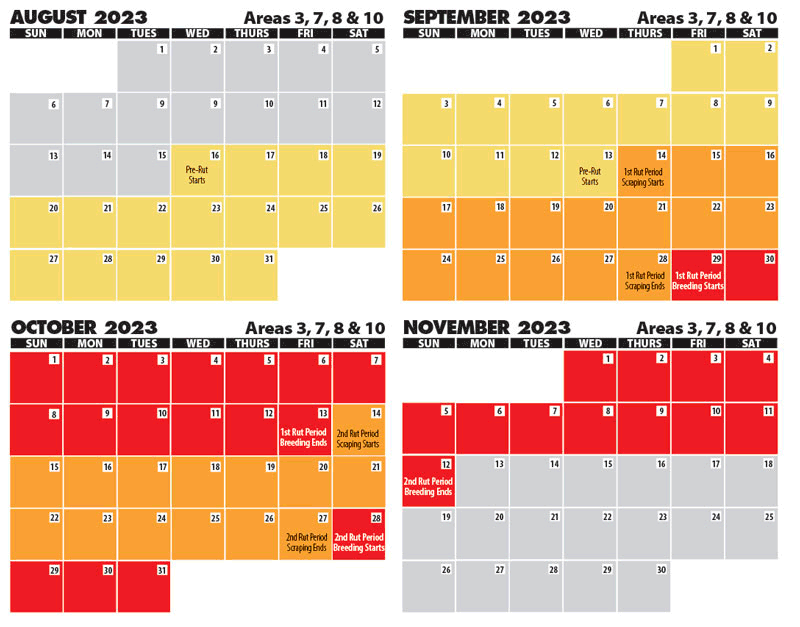 Doe/fawn ratio
Doe/fawn ratio
Adult does, 2 ½ years or older, should be producing twins if the doe is healthy and the nutrition on the habitat is adequate. If deer numbers are too high the deer may not be able to find the quality forage necessary for good growth and development. If the habitat is not properly managed, quality deer forage may be lacking.
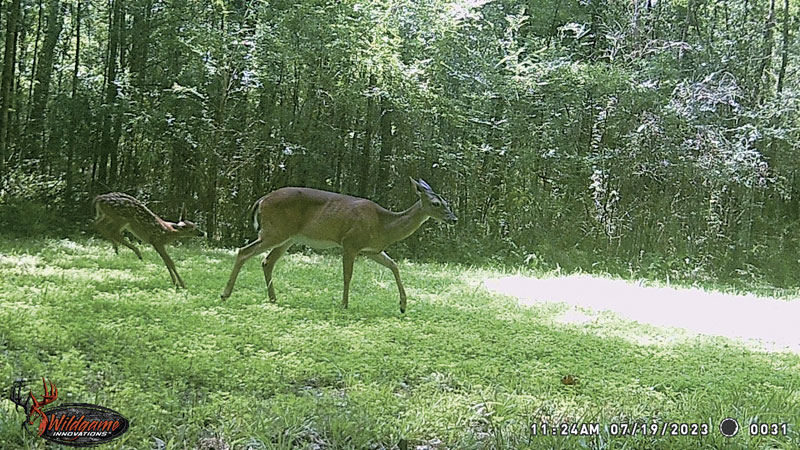
A yearling doe (1 ½ years old) should produce a single fawn during her first pregnancy and begin producing twins at age 2 ½. If an adult doe, 2 ½ or older, is not producing twins a red flag should go up.
The doe, shown in a photo with this article, appears to be an adult doe, so why did it produce only one fawn? Again, nutrition is very important for an adult doe to be able to carry and support twins during pregnancy. If nutrition is lacking, reproduction can be low. Adult does, 2 ½ or older, should weigh 120 pounds or more. If your does are averaging 110 pounds or less I would suspect nutrition is a problem.
Of course predation can take its toll on fawns. In this state bears, coyotes and bobcats will kill and eat fawns. Because of the drought conditions deer are moving around more than usual in search of quality food and water. I have seen more roadkill fawns this year than usual. During the season, hunters can record doe and fawn sightings and document the average number of fawns per doe based on the sightings. If you find an average of 1.5 fawns or less per adult doe, then you might have a problem. Wildlife and Fisheries have biologists who can help you with habitat surveys or other deer surveys to help you monitor your deer herd and determine if there are problems.
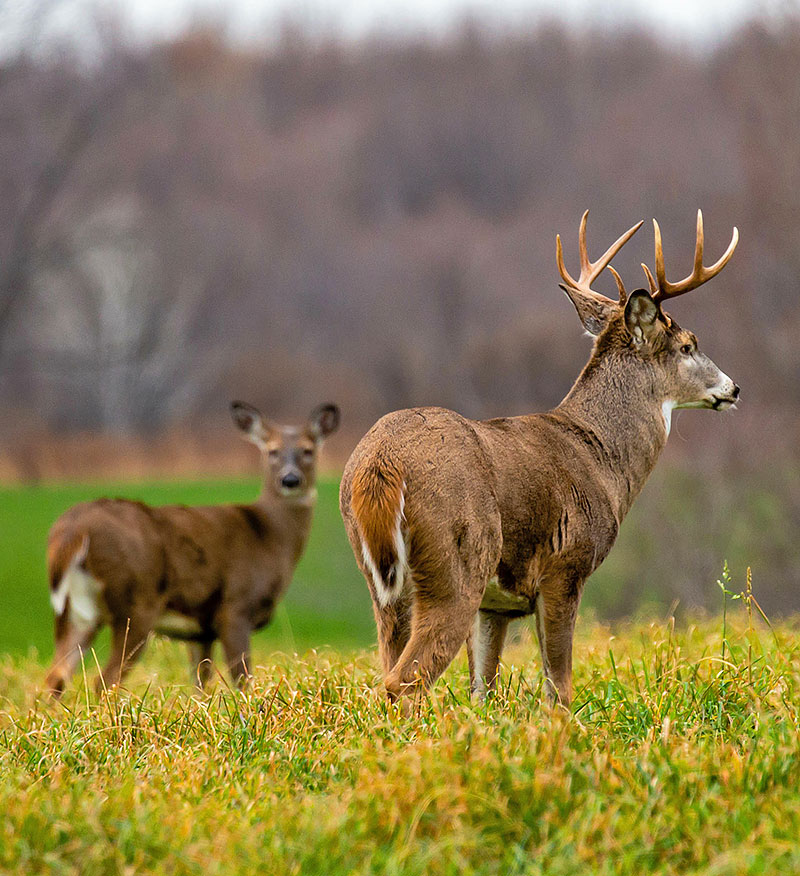
A new state record?
Many years ago, I predicted we would see a new state typical deer record within the next 10 years. While I can’t remember when I predicted that, I’m sure it was more than 20 years ago. It has not happened yet and with the habitat conditions we have had this year I do not see it happening this season. I hope someone will prove me wrong. It would be good to have some good news about deer rather than more news about CWD. However, as we all know CWD is not going away and the problems with this disease are probably going to increase. Hunters should work with LDWF and their testing program to help keep track of its spread.
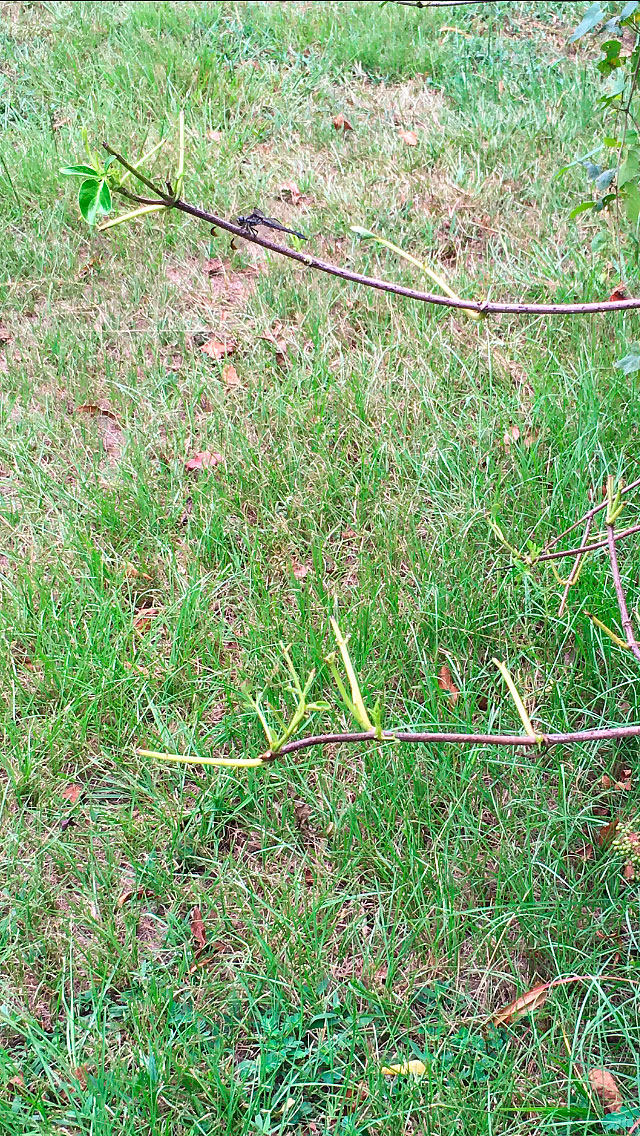
I do not look for a new state record to come from Southwest Louisiana. While this area has the early breeding genetics and the rut is early, the habitat is not such to produce B&C bucks. It is capable of growing 130 class deer, which is probably the state average for quality bucks.
Area 2 still has parishes with quality habitat capable of producing a B&C buck. This is one of the largest deer areas in the state and the peak breeding month is November. Much of the habitat is forest land with a pine dominated timber component and this habitat is lacking in abundant quality browse. Louisiana has a abundance of National Forest land, but I don’t look for a B&C buck to be taken on these lands.
The bottomland hardwood forests with adjacent agriculture lands in parishes bordering the Mississippi River have the nutrition needed to produce a B&C buck. Unfortunately the CWD problem is in this region in Franklin, Madison and Tensas parishes. The Tensas River NWR is located in this region but hunting opportunities for gun hunters is limited on this large tract of public land. Bowhunters however, have a full season and good opportunity to kill a Pope and Young, or even a B&C buck. Concordia Parish also has abundant public land for hunters who do not own or lease land.
The upper Atchafalaya parishes such as Avoyelles or Pointe Coupee, also have bottomland hardwood forests with adjacent agriculture. This is the area I have always thought the new state record would come from.
Intense pine management on forested areas in the parishes of southeast Louisiana along with increased urbanization have reduced the ability of this region to produce B&C bucks. While quality deer are produced in the parishes south of Lake Pontchartrain, it is not the habitat for B&C bucks. The lower Atchafalaya River parishes also produce good deer, but not the real trophy book bucks.
So, will my prediction ever come true? It isn’t looking like the odds are with me.
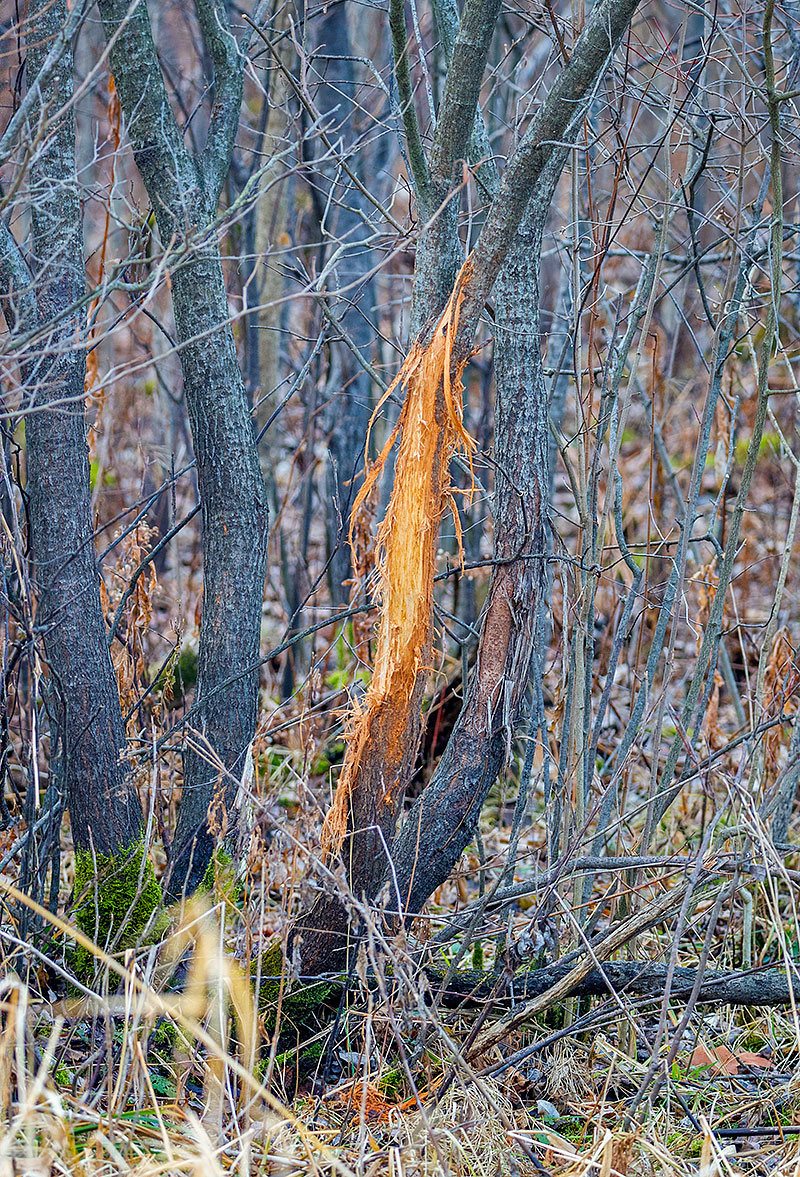
Summary
The 2023-24 deer season is upon us and it will be interesting to see what kind of season it is following months of severe drought conditions. I, for one, am ready for a break from the high pressure dome that dominated the weather during the summer months. The timing of the rut can be impacted by weather conditions prior to the rut, habitat conditions, and of course, the physical condition of the deer. One thing that does not change is the genetics of the deer and at the proper time, the rut will be on.
Hopefully, this rut prediction will help you with your quest for a trophy or quality buck. Good luck this season, share your success with others, and always help the next generation of hunters.
